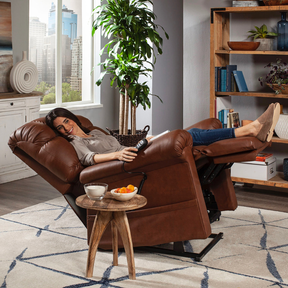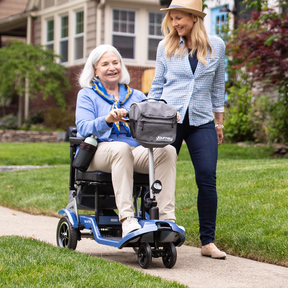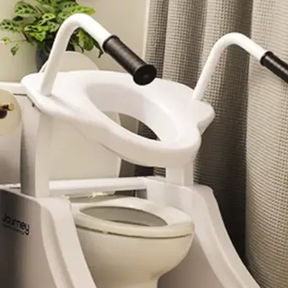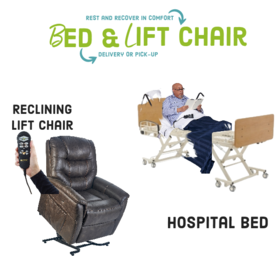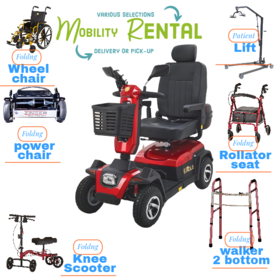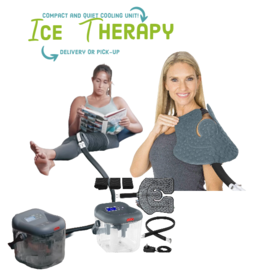Blog How to Compare and Contrast Hospital Bed Used at Home?
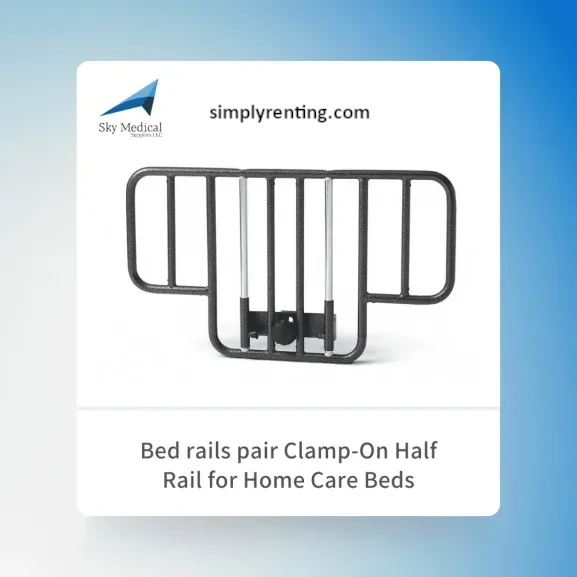
For elderly and bedridden patients, a hospital bed for home care is no less than life-changing equipment. Many types and features can meet patients' particular requirements with different health conditions.
However, choosing the wrong bed can make the condition worse. That is why it is crucial to pick the right bed that facilitates healthy sleep and helps during the healing process.
This article contrasts a range of hospital beds for home care with features, advantages, and disadvantages.
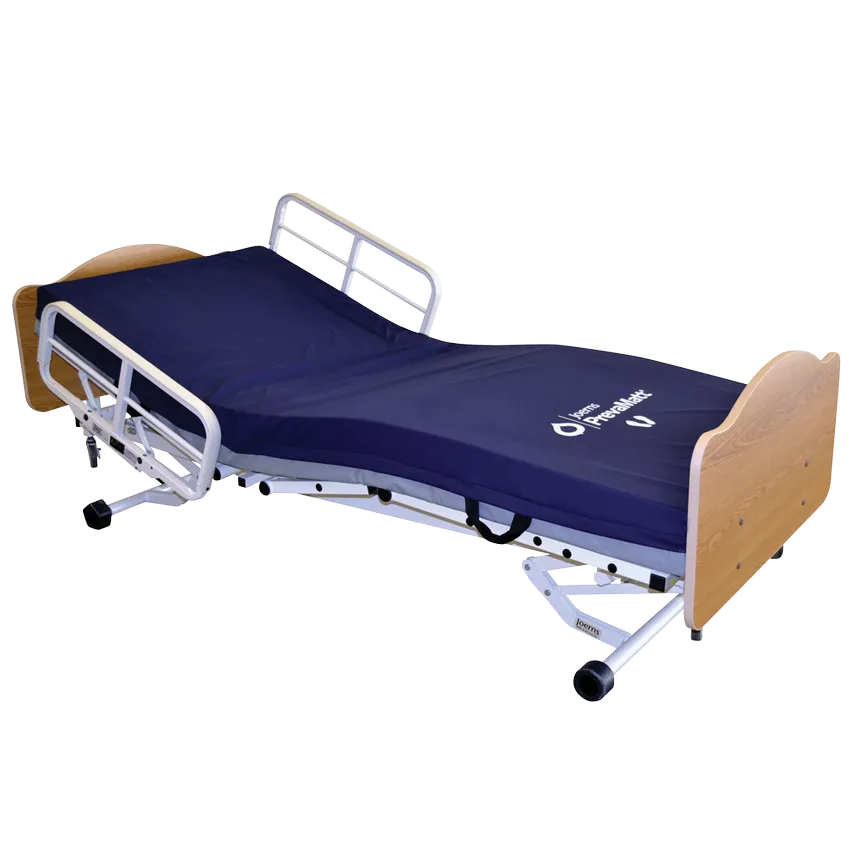 Difference Between Hospital bed and Home Care Bed
Difference Between Hospital bed and Home Care Bed
· Hospital bed
A hospital bed is customized to suit the hospital's environment. These beds are fully adjustable in various ways. It helps healthcare professionals to perform the procedure when the patient is in bed and support the patient's needs.
The hospital bed also comes with rails that prevent the patient from falling. Moreover, each bed has a table on the foot side of the bed for storing the patient's chart.
Most hospital beds are fully electric with a control panel on the bed and other features. It comes in a standard size unless designed for the patient's unique requirements.
· Hospital Bed for Home Care Use
You can use these beds at home for assisted care or other rehab facilities. The beds for home care use come in various sizes, including beds that can carry obese patients. Only a few of these beds have built-in rails, and most are available for separate purchase. Other accessories, such as over-bed tables, safety locks, handsets, mattresses, and wall bumpers, can be purchased to fulfill the needs of patients.
Hospital beds for home care use can be raised or lowered according to different heights to assist in comfort.
Types of Specialty Hospital Beds for Home Use
Home hospital beds fall into three basic categories: manual, semi-electric, and fully electric. Depending on the specific type, these beds allow for manual or electrical adjustments for the headrest, footrest, and height.
Manufacturers of specialty hospital beds take into account the patients' various needs based on their health conditions.
1. Low Bed
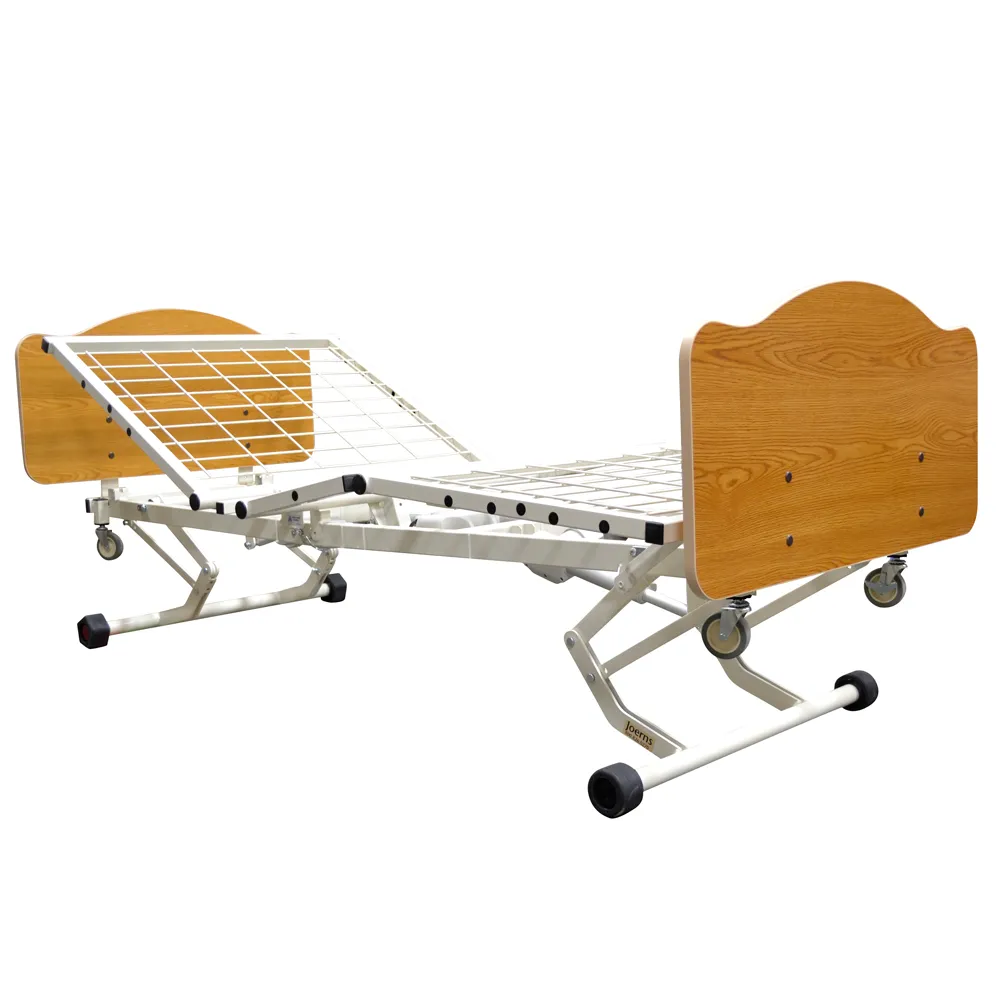 These beds are lower to the ground than standard ones to reduce fall injury risk. It also assists the patient in and out of bed, reducing the strain on caregivers while transferring the patients.
These beds are lower to the ground than standard ones to reduce fall injury risk. It also assists the patient in and out of bed, reducing the strain on caregivers while transferring the patients.
The position adjustability includes elevating and lowering the head and foot sections, which permits ergonomically lying down and sitting. The height adjustment option is fully electrical in low beds. However, many models resemble hospital beds in appearance and design.
2. Sleep to Stand Bed
Also known as adjustable beds or sit-to-stand beds, these beds have almost the same features as a hospital bed. Also available as a double bed, it supports comfort for reading, sleeping, watching TV, or just relaxing.
It has a manual adjustment frame or a fully electric one that aids in the easy transfer of lying down the patient. It has a mix of hospital bed features and a traditional home bed and a need to buy a special mattress.
3. Bariatric Bed
Bariatric beds are heavy-duty, designed especially for obese individuals. Most hospital beds have a weight capacity of 450 to 500 lb., but these beds can carry patients weighing up to 1000 lb.
These are larger in size and width with a height adjustment feature and can be purchased with a safety rail. It provides sufficient space for obese individuals to lie on the bed comfortably. We need to have a separate bariatric mattress.
4. Enclosed Bed
These safety beds are not hospital beds but have special features that meet the requirements of the individual with special needs. Ideal for both children and adults, enclosed beds provide easy access to the caregiver, prevent unassisted exits, and keep the patient safe from entanglement and entrapment.
The bed also has ports to access the medical equipment with mattresses that can be air, gel, or articulating—specially designed for patients with sensory processing disorders, seizures, and other similar medical conditions.
5. Deluxe Bed
We designed these for long-term use to meet the needs of acute care patients and caregivers. Side rails and exit alarms provide additional safety for the patient. The user can adjust the bed positions without help and call a nurse with user-friendly control.
This bed can have several accessories that facilitate the healthcare professionals to provide treatment with ease in terms of maneuverability and electric height adjustment.
Points to Consider When Purchasing a Hospital Bed for Home Use
When considering renting or purchasing a hospital bed for home use, it is imperative to ensure that the hospital bed features match a patient's needs.
· Size and Weight Capacity
The size of the bed has a significant impact on the comfort level of a patient. Hospital beds with lower widths or lengths can limit the patient's movement and positioning.
Weight capacity is another important consideration, as serious injury could happen to the patient if the bed collapses due to excess weight.
· Safety Accessories
Grab bars and side rails to prevent the patient from falling. It helps to reposition safely and easily reach the hospital bed controls.
Weak or elderly people who need additional support while getting in and out of bed can take leverage from the safety rails for more stability.
· Power Features
Fully electric beds allow patients to change the height and bed frame with push-button controls. Semi-electric mattresses permit the elevation and reclining of the head and foot section with a remote control, while the bed frame is adjusted with a manual crank.
Semi-electric hospital beds are considered more affordable than fully electric beds, but the fixed frame can cause difficulty for caregivers.
Tags
- contest
- event
- supplies
- design
- brand
- video
- Compression
- upright walker
- four wheel walker
- rollator
- wheelchair
- Ostomy
- elegantly
- elegantly
- accessibility
- Mobility
- knee walker rental
- knee scooter sales
- knee scooter
- post operative shoe
- anti-embolic stockings
- pain management
- cryotherapy therapy
- hot cold compress
- compression stockings
- lift chair
- wound Care
- air purifier
- fall prevention
- cushion
- oxygen therapy
- cpap, bipap
- Hospital Bed
- Life Aide
- EMS
- recovery
- splint
- knee brace
- Bathroom
- patient lift
- medical supply
- Wound dressings
- Lightweight Wheelchair
- hospital beds for sale
- sky medical supplies rentals
- compression socks
- Adult Diapers
- Rollator Walker
- Bed Wedge Pillow
- Hospital beds
- Patient Lifts and Slings
- Portable Oxygen Concentrator
- Patient Lift Slings
- knee scooter rental
- folding mobility scooter
- mobility scooter
- medical shoes
- raised toilet seat
- hospital beds for rent
- lift chair recliner
- chair lift
- electric wheelchair
- Power Lift Recliners for Elderly
- Senior Walkers
- Bedside Commodes
- whill wheelchair
- compression hose
- Whill Electric Wheelchairs
- Bariatric Wheelchair
- Recliner Chairs with Lift
- Colostomy Bag
- Crutches
- Medical Wedge Pillow
- skin barrier tape
- Post Surgery Ice Machine
- Bedside Commode
- chair lift recliners
- cane holder scooter
- lift chair prices
- drop arm commode
- rollator walker with ergonomic seats
- Hospital Bed Rental
- Wheelchair Tray
- Golden Technologies Lift Chair
- Nova GetGo Junior Rollator
- power lift recliners
- Knee Scooters and Crutches:
- stand up walker for seniors
- stand up walker as seen on TV
- Women's Walking Canes
- Knee Immobilizers
- Bed Wedge Pillow
- Medical Supply Stores
- Sit to Stand Lifts
- Grab Bars
- Compression Gloves
- incontinence bed pads
- Lift Reclining Chair
- Knee Walker Scooters
- Hernia Belt Near You
- Mobility Scooter Stores Near Me
- Folding Knee Walker
- Oxygen Concentrator Store
- Inogen Battery
- Electric Bed Frames
- Placing Lift Chair
- diaper brief
Related Posts
Get weekly articles in your inbox on the latest medical supply news, exclusive deals, and helpful health tips.
